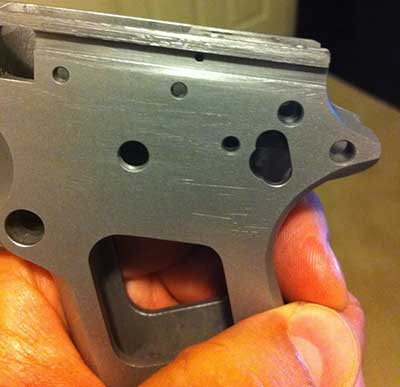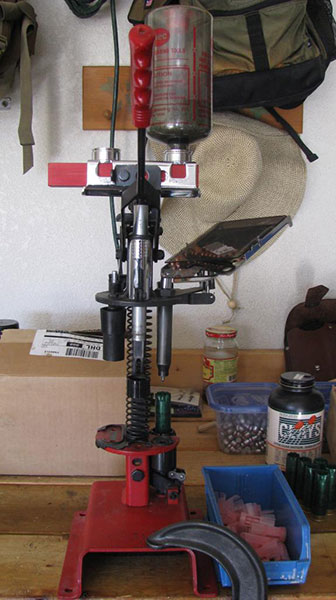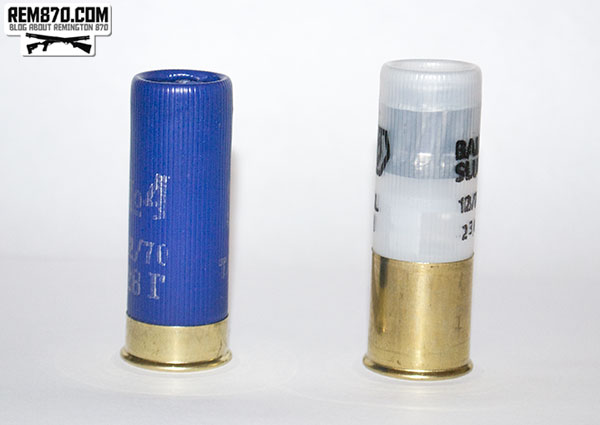Handgun Ammunition Sizes Explained
Handguns and handgun ammunition come in many different sizes. For new or prospective gun owners, it can be intimidating trying to sort through all of the information that’s available. Asking other gun owners can be a good resource, but be wary. Most experienced gun owners have built-in biases for or against certain calibers.
So here is a list of the most common handgun ammunition (both pistol and revolver), listed from smallest to largest. Please understand that this is not an all-inclusive list, but just the most common calibers for modern handguns.
.22 LR and .22 Magnum
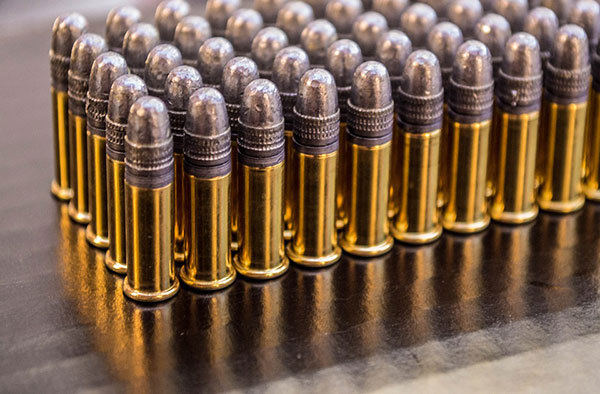
.22 is known more for being rifle ammunition, but there are several handguns chambered for the caliber as well. .22 is rimfire ammo, which means instead of having a primer in the center of the cartridge that is fired with a firing pin, the primer is located around the bottom rim. It is struck with a striker, kind of like a tiny hammer, which ignites the primer. Because of their small size and relatively inexpensive price, rimfire is a popular training round. Many gun owners teach their children how to shoot on a .22 LR pistol. They produce almost no recoil and a very low audible percussion compared to larger calibers.
.380 Auto
.380 is considered by most to be the smallest caliber of ammunition used for self-defense. There are many popular concealed carry pistols chambered for .380 Auto, including the Ruger LCP, Smith & Wesson Bodyguard, and the Glock 42. .380 Auto is the same bullet diameter as 9mm Luger. The difference is that the .380 has a shorter cartridge and uses less gunpowder, resulting in a slower muzzle velocity and less energy release.
.38 Special and .357 Magnum
I lumped these two calibers together because they are very similar. Kind of like .380 Auto and 9mm Luger, or .22 LR and .22 Magnum. The difference is that many handguns that are chambered for .38 Special can also shoot .357 Magnum. BUT NOT ALL OF THEM. Make sure you check with your gun manufacturer before trying .357 Magnum in a .38 Special. Both of these rounds are primarily used in revolvers. .38 Special is the most common caliber for concealed carry revolvers like the Smith & Wesson J Frame or Rossi 352. Depending on the size and weight of the revolver you’re using, .38 Special can pack quite a kick. And .357 Magnum is a monster, even in large, heavy revolvers. I don’t recommend .357 Magnum for new shooters.
9mm Luger
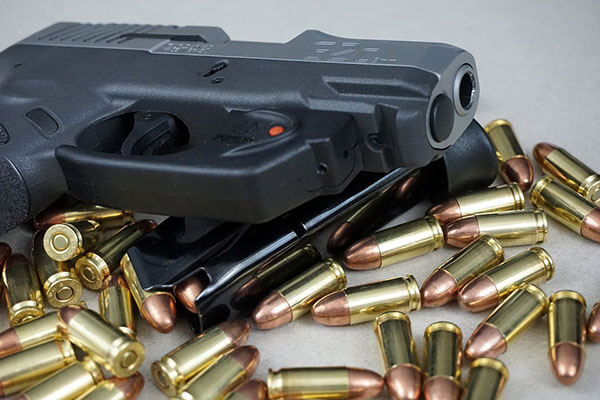
9mm is the most popular handgun ammunition in the world. It is small enough to have large-capacity magazines in concealed carry handguns, yet large enough to stop most attackers in their tracks. The recoil of 9mm is easily controllable even for new shooters and allows for more accurate follow-up shots. Of the “large” handgun ammunition (9mm, .40 S&W, .45 ACP), 9mm is the most affordable.
.40 S&W
.40 S&W was designed by Smith and Wesson in 1990 to be an intermediate between 9mm and .45 ACP. It has more knockdown power than a 9mm, but still allows for larger magazine capacities than .45 ACP. .40 S&W produces significantly more recoil than 9mm.
.45 ACP
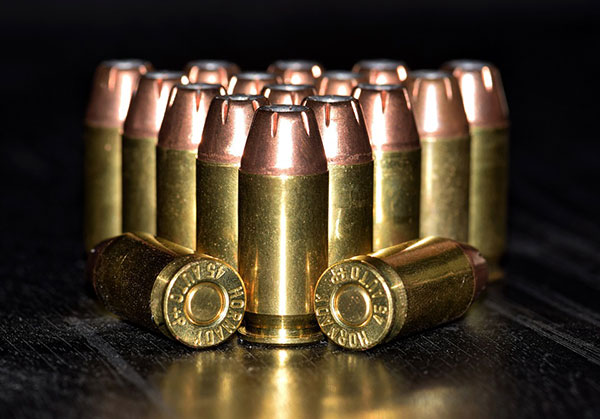
.45 is the largest of the calibers that is common in handguns. It is also the largest commonly concealed carry ammunition. .45 ACP was designed in 1904 by none other than John Moses Browning himself. He designed it for his new Colt semi-automatic pistol which would eventually be named the 1911. The 1911 is still the most popular .45 ACP pistol produced today, more than 100 years later. .45 ACP is a large, relatively slow moving bullet. It produces great recoil, so new shooters might want to avoid shooting it.


